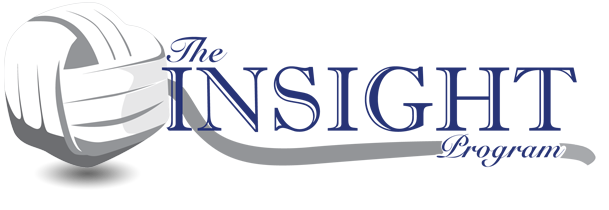The journey to recovery from drug addiction is multifaceted and often requires a holistic approach that addresses physical, emotional, and psychological aspects of healing. While traditional therapies such as counseling and medication-assisted treatment play a crucial role in recovery, alternative therapies offer additional avenues for healing and self-expression. Art, music, and dance therapy are increasingly recognized as powerful modalities for supporting individuals in their recovery journey. In this blog post, we’ll explore the benefits of these alternative therapies and how they can complement traditional treatment approaches.
Art Therapy: Unlocking Self-Expression and Healing
Art therapy involves creative processes such as drawing, painting, and sculpting to explore emotions, thoughts, and experiences in a safe and supportive environment. For individuals in recovery from drug addiction, art therapy provides a nonverbal means of expression that can help them process trauma, reduce stress, and develop healthy coping mechanisms. Through art-making, individuals can explore their inner world, gain insight into their emotions, and cultivate a sense of empowerment and self-discovery.
Art therapy can take many forms, including individual and group sessions, and may be integrated into various treatment settings, including residential rehab programs, outpatient clinics, and community-based support groups. By engaging in the creative process, individuals in recovery can develop greater self-awareness, improve emotional regulation, and enhance their overall well-being.
Music Therapy: Harnessing the Power of Sound and Rhythm
Music therapy harnesses the therapeutic power of music to promote healing and emotional well-being. Whether through listening to music, playing instruments, or engaging in songwriting and improvisation, music therapy offers individuals in recovery a means of self-expression, relaxation, and connection with others.
Research has shown that music therapy can have a range of benefits for individuals recovering from addiction, including reducing stress and anxiety, improving mood and self-esteem, and enhancing motivation and engagement in treatment. Music therapy sessions may be tailored to participants’ specific needs and preferences, incorporating elements of mindfulness, relaxation techniques, and group improvisation to support recovery goals.
Dance/Movement Therapy: Connecting Body and Mind
Dance/movement therapy is a form of expressive therapy that uses movement and dance to promote emotional, cognitive, and physical integration. Through guided movement exercises, improvisation, and creative expression, individuals in recovery can explore issues related to addiction, trauma, and self-image while developing greater body awareness and self-confidence.
Dance/movement therapy sessions may focus on grounding, boundary-setting, and self-expression, allowing participants to explore and process emotions in a safe and supportive environment. By connecting with their bodies and accessing nonverbal modes of expression, individuals in recovery can release tension, increase self-awareness, and cultivate a sense of empowerment and resilience.
Conclusion:
Art, music, and dance therapy offer robust pathways to healing and recovery for individuals struggling with drug addiction. By engaging in creative expression and connecting with their inner selves, participants can explore and process emotions, develop healthy coping mechanisms, and cultivate a sense of empowerment and resilience. As part of a comprehensive treatment approach, alternative therapies complement traditional modalities and provide individuals with additional tools and resources for navigating recovery challenges. Ultimately, embracing creativity and self-expression can be transformative for individuals in recovery, fostering personal growth, healing, and a renewed sense of purpose.

